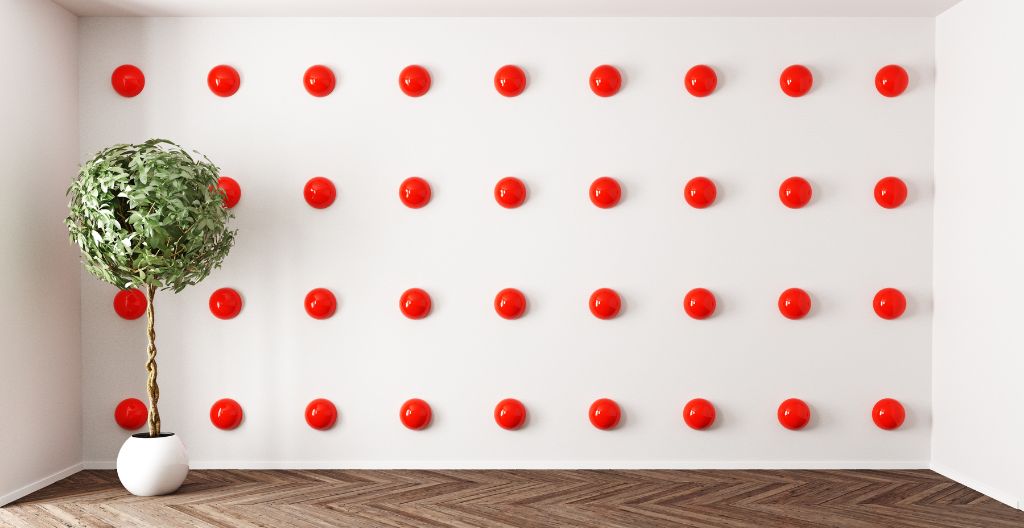Conceptual design serves as the foundation of all creative projects, encapsulating function, form, and user experience. This article explores the essence of conceptual design, its significance in aligning with user needs and optimising output.
From product design to website layouts, we delve into real-world examples, illuminating how this key phase facilitates a wealth of creativity and innovation. Understanding its fundamentals is crucial for both a technical content agency and either aspiring or seasoned designers.
Key Takeaways
- Conceptual design establishes the underlying idea behind a design and focuses on the concept rather than execution.
- Conceptual design enables exploration of different design possibilities and facilitates alignment with user needs.
- Conceptual design provides a foundation for further design iterations and optimises product, service, and process design.
- Conceptual design artifacts include concept sketches and models, which are common in the early phase of the design process.
Understanding the Basics of Conceptual Design
In understanding the basics of conceptual design, it is crucial to acknowledge its role as an early phase in the design process that allows for the articulation of broad outlines, including the design of interactions, experiences, processes, and strategies. At this stage, technical illustration can be a powerful tool to visualise these broad concepts.
Conceptual design, in essence, is the creation of a broad, unifying idea upon which a product, service, or system is built. It establishes the fundamental principles and characteristics that will guide subsequent design stages.
To answer the question of what is conceptual design, it can be said that it’s a critical stage in the problem-solving process, where designers identify and define the problem, explore a wide range of ideas, and create a foundation for detailed design and development.
This stage is instrumental in aligning the design with user needs and business goals.
Unveiling the Advantages of Conceptual Design
Unlike when using technical design document templates, exploring the advantages of conceptual design reveals its pivotal role in enabling designers to experiment with diverse possibilities, align solutions with user needs, and optimise the design of products, services, and processes.
Conceptual design underpins the creative process, facilitating the generation of innovative ideas and ensuring the alignment of design solutions with user needs and expectations.
It allows for the exploration of multiple design possibilities, enabling the optimisation of the design process and the delivery of superior products and services.
The conceptual design process fosters understanding, communication, and collaboration, providing a structured approach that guides designers in their quest to create innovative, user-centric solutions.
Therefore, the value of conceptual design in the design process cannot be overstated.
The Comprehensive Process of Conceptual Design
The comprehensive process of conceptual design incorporates five distinct stages:
- Understanding user needs: This stage involves researching and comprehending user needs and requirements.
- Ideation: In this stage, brainstorming innovative solutions for the identified needs takes place.
- Sketching and modeling: This stage facilitates the visualisation of ideas through sketching and modeling.
- Refining concepts: Designs are evaluated and improved based on feedback to ensure they align with user needs and expectations.
- Presenting design solutions: The final stage involves effectively presenting the design solutions to stakeholders.
In essence, conceptual design is a strategic approach that transforms the initial idea into a tangible design, acting as a blueprint for the final product, service, or process. It is very different from the technical design process. Interested in the latter? find here some technical design document examples.

Showcasing Real-world Conceptual Design Examples
While we have delved into the theory and process of conceptual design, it becomes truly enlightening when we examine real-world examples, as they provide concrete illustrations of these abstract concepts in practice.
For instance, Apple’s iPhone interface seamlessly embodies conceptual design, prioritising user-friendly navigation and aesthetic appeal. The development of such a design could be influenced by a technical design authority, which defines and ensures adherence to technical standards and practices.
Another compelling conceptual design example is Tesla’s Cybertruck, a futuristic fusion of sustainability and innovation.
In the digital realm, Netflix’s user interface showcases the power of conceptual design to personalise user experience and simplify content navigation for the appropriate customer persona (find here some customer persona templates).
These examples underline the transformative potential of conceptual design in turning abstract ideas into tangible realities, revealing its indispensability in diverse domains.
Exploring Artifacts in Conceptual Design
In conceptual design, artifacts such as sketches and models play a pivotal role, serving as tangible representations of abstract ideas and facilitating the exploration of diverse design possibilities. These artifacts allow designers to visualise, communicate, and refine their concepts effectively.
The table below showcases the importance of various conceptual design artifacts:
| Artifact | Purpose | Role in Conceptual Design |
| Sketches | Visualising preliminary ideas | Allows immediate expression of ideas |
| Models | Representing 3D concepts | Facilitates understanding of spatial relationships |
| Digital Prototypes | Simulating user interaction | Enables testing and refinement of design |
In essence, these artifacts enhance the conceptual design process by enabling effective communication, promoting innovative thinking and providing a tangible medium for the critique and evolution of design ideas.
Sign up for our Publishing Newsletter and start delivering creative, concise content
Conclusion
In conclusion, conceptual design serves as a critical aspect of the design process, providing a foundation for innovation and creativity.
It offers a comprehensive understanding of user needs, promoting effective design strategies across industries.
By understanding its significance and applying it in real-world scenarios, the design process can be significantly refined, leading to optimal output.
Therefore, conceptual design holds paramount importance in shaping the future of design, enhancing user experience and functionality.

